09 February, 2023
Waterloo - Pearson International Airport - Veradaro - Havana - Pinar Las Terrazas - Vaquería Santa Rosalia - Viñales
Leader: David M. Gascoigne
Participants: Miriam Bauman, Barb Bowman, Jim Bowman, Lisa Den Besten, Tina Den Besten, Victoria Ho, Selwyn Tomkun
Tour Guide: Tania Piñeiro Cordero
I had been happy to organize a birding excursion to Cuba for Miriam and me, and six other eager participants, all good friends and great travelling companions. Plans had been made, itineraries established, flights booked; finally departure day arrived.
Our flight was scheduled to depart at 06h:30 so it was an early start for all of us. It's an hour's drive to the airport in Mississauga, and international flights require that you be at the airport three hours before departure - for what reason I am not sure. But we complied and arranged for an airport transportation service to pick Miriam and me up at 01h:30, followed by the others ten minutes apart. It all worked perfectly and we were delivered safely to the departures level at Terminal 3 in good time.
We went through the formalities quickly and settled into the boarding lounge for the long wait until we departed. We pulled away from the terminal a little later than scheduled and the aircraft had to be de-iced, but we were soon on our way, and had a smooth flight to Juan Gualberto Gómez Airport in Veradero.
Upon exiting the terminal we were greeted by Tania and our driver for the entire trip, Jiovani. It was a joy to see Tania again and to make the acquaintance of Jiovani, a driver upon meeting, a friend mere moments later.
In no time at all we were settled into a spacious mini-bus and en route to Havana, travelling through areas of beautifully forested terrain.
In Havana we picked up Tania's daughter, Mariana, who would be spending part of the tour with us. What an asset she turned out to be! Everyone fell in love with her immediately and every moment was enlivened by her presence.
Mariana has a degree in English and German and is employed in the German Embassy in Havana. At the time of our tour she was enjoying a well-earned vacation and would join us on and off in addition to spending time with her grandparents.
We began our birding in a venerable coffee plantation, the first in western Cuba in fact. How grand and stately it is.
It was not long before a Loggerhead Kingbird (Tyrannus caudifasciatus) posed directly in front of us, providing everyone with an enchanting encounter. None of my friends had birded in Cuba before so the excitement began with this species.
It was getting quite late for lunch and we had been up since not long after midnight, and we were happy to make our way to the Cafetal Buenavista.
We made up for lost time and missed meals with mango juice, bread, salad, pork, rice and beans, yucca, rice pudding and coffee. Every meal in Cuba was a sumptuous affair and it was a good thing that our days were active!
A Red-legged Thrush (Turdus plumbeus) was a welcome visitor.
Glancing over at the tables on the patio, it was clear that Yellow-faced Grassquits (Tiaris olivaceus) had a taste for sugar.
Slaves were housed in abominable conditions. Man's inhumanity is a bottomless well of brutality, devoid of amelioration over the ages.
A Yellow-headed Warbler (Teretistris fernandinae) is a treasured endemic species, much enjoyed by everyone.
If I had one wish paramount above other wishes it was to see Stygian Owl (Asio stygius), having failed to find it on two previous attempts.
Tania had done her homework and had the bird up her sleeve, so to speak. Not one, but two in fact. To say I was elated would be a bit of an understatement. Enhorabuena y muchas gracias, Tania.
In the picture below, if you focus your best birder's eye, you will see one of the birds near the top of the picture, slightly to the right of centre.
Here it is brought in closer with the wizardry of contemporary photographic equipment - to say nothing of Miriam's dogged determination to get a decent image.
Northern Parula (Setophaga americana) is a beautiful warbler, not always easy to find in Ontario, but in Cuba a piece of cake, or as one might say there, "Es pan comido!"
After driving for a while, heading onwards to Viñales, we stopped at Vaquería Santa Rosalia to search for Cuban Grassquit (Phonipara canora), but without success. There was no reason for angst, however, as we were confident that we would see it later in our journey.
A Common Gallinule (Gallinula galeata) is always a delight, probing the surface of the water for insect prey.
Helmeted Guineafowl (Numida meleagris), introduced from Africa as farm animals, have established feral populations and were seen quite frequently.
Bougainvillea (Nyctaginaceae) beautified the fences, a riot of colour for Canadians having just left winter behind.
Based on genetic data and possibly other characters, this unique subspecies may qualify for full species status.
Royal Palm (Roystonea regia) is a magnificent tree found throughout the region and its berries are favoured by parrots and other species.
We pressed on and in short order arrived at our casa particular, Magdiel y Maydalis - home for a couple of nights.
It was a lovely place to stay; spacious, clean as a whistle with friendly hosts and an ambiance of family unity and joy. The experience of a casa, as contrasted with a resort, is a gulf of planetary dimension. One is the experience of warmth, humanity and hospitality, the other an orgy of excess and imposed presence, of artificiality, perceived superiority and the ugly face of tourism writ large.
Tania, Jiovani, Mariana (Photo by Jim Bowman)
Dinner was a wonderful affair, enjoyed by all.
All bird species 09 February - Helmeted Guineafowl, Antillean Palm Swift, Cuban Emerald, Smooth-billed Ani, Great Lizard Cuckoo, White-crowned Pigeon, Eurasian Collared Dove, Mourning Dove, Common Gallinule, Laughing Gull, Magnificent Frigatebird, Green Heron, Western Cattle Egret, Snowy Egret, Brown Pelican, Turkey Vulture, Stygian Owl, Cuban Trogon, West Indian Woodpecker, Cuban Green Woodpecker, American Kestrel, Cuban Pewee, Loggerhead Kingbird, La Sagra's Flycatcher, Northern Mockingbird, Red-legged Thrush, House Sparrow, Yellow-headed Warbler, Eastern Meadowlark, Tawny-shouldered Blackbird, Cuban Blackbird, Greater Antillean Grackle, Black-and-white Warbler, American Redstart, Northern Parula, Palm Warbler, Olive-capped Warbler, Yellow-throated Warbler, Black-throated Green Warbler, Red-legged Honeycreeper, Yellow-faced Grassquit, Cuban Bullfinch - 43 species
10 February, 2023
Magotes dos Hermanas - Río de Maravillas de Viñales - Benito's Farm - Los Jazmenes - San Vicente, Cueva del Indio
The enchanting landscape of karstic forest (mogote) was spread before us. This unique formation is characterized by mesophite, semi-deciduous forest, with succulent plants, epiphytes and lianas, and an arboreal stratum (palms) reaching 10m high.
It is stark yet stunning, harsh yet beautiful, pockmarked with caves where the limestone substrate has been eaten away and eroded by rainfall.
Mexican Prickly Poppy (Argemone mexicana) thrives in poor soil and may be found here.
It is poisonous to animals and is seldom eaten. Medicinal benefits are claimed by local people, however, and it has been used in traditional medicines.
La Sagra's Flycatcher (Myiarchus sagrae) was not a hard bird to find.
Our target bird for this area, however, was the range-restricted Cuban Solitaire (Myadestes elisabeth) and we were very fortunate to locate it shortly after beginning our search, alerted by its sustained flutelike song.
Karstic forest is obviously very much to its liking.
Lisa took the time to admire it and ask questions about the manner in which it was formed. The mind of a curious naturalist is ever active.
Morning Glory (Convovulaceae) in all its glory (pardon the pun) and various manifestations is ubiquitous throughout the world.
This local fellow, hard at work, was probably puzzled at the crowd of people arrayed before him with binoculars and cameras, wondering what occupied their time.
Someone had the idea to use a rock face for educational purposes.
It was time to move on to Río de Maravilla de Viñales, where a White-winged Dove (Zenaida asiatica) kept company with a Yellow-faced Grassquit.
To our great delight a female Western Spindalis (Spindalis zena) provided the excitement of yet another "lifer" for everyone but Miriam and me.
It is very fitting that Cuban Trogon (Priotelus temnurus) is the national bird of Cuba, since it proudly wears the colours of the flag.
There are birds - and then there are birds. Our first Cuban Tody (Todus multicolor) was exciting for everyone, and this was the species Miriam most hoped to see again.
Regardless of landscape Turkey Vultures (Cathartes aura) were a constant presence, often in large kettles circling effortlessly on the thermals. I suspect that carrion in the area had caused this couple to descend to the ground.
Leafcutter Ants (Atta) are surely one of Earth's most fascinating organisms and every time I visit the tropics I can barely contain my excitement when I see them. The trails alone of these fungal mutualists are impressive.
Their division of labour is so precise that there are ants that cut the leaves and ants that carry them back to the underground fungi beds.
Everyone appreciated another look at a Cuban Trogon and it was not long before we were calling it by its Cuban name, Tocororo.
A stream trickled by in tranquil perfection.....
It was always a pleasure to watch La Sagra's Flycatcher sallying forth from a perch to capture passing insects.
Caesar Weed (Urena lobata) is a particularly beautiful plant to my eye.
Just before leaving we saw another Cuban Solitaire and considered ourselves lucky to have had such an intimate encounter with this rare species.
Mariana, with the glee of a young child, was happy to splash around in the water in her white rubber boots.
Cuba is famous for its cigars, and we looked forward to a visit to Benito's Farm.
Benito is a very gregarious fellow, handsome in the way of a Hollywood movie star of the rugged, self-reliant type, like Randolph Scott or Gary Cooper, or other western heros of yore.
He rolled a mean cigar.
No one wants to drink alone and no one wants to smoke alone, so Benito was looking for a pal to share a stogie.
Miriam is a great believer in the "when in Rome do as the Romans" creed, so what's a girl to do, but light up and keep him company?
Photos by Tania Piñeiro
Looks to me like she's got it down pat.
After the cigar-rolling and stogie-puffing interlude we were able to have coffee (with or without rum) and purchase the finest Cuban cigars to take back to Canada - and some did!
We moved onto Las Jazmenes to another Buenavista restaurant for lunch. It is aptly named as you may see.
This orchid is exceptionally beautiful, but I don't know its identity. (Cattleya lueddemanniana, see Marit's comment below).
American Kestrel (Falco sparverius) is a common resident, in two distinct colour morphs, white and reddish.
Found in Cuba, Bahamas, Turks & Caicos, and Jamaica, this reddish variant looks quite exotic to North Americans unfamiliar with this form.
After a hearty lunch it was time to move on to Finca San Vicente.
It was serendipitous that having seen the reddish morph of American Kestrel the "regular" white morph paid us a visit.
Tropical Milkweed (Asclepias curassavica) bears some resemable to the familar Asclepias tuberosa we have at home.
It is hard not to feel some level of proprietary interest in species that breed at home, so it was a pleasure to see a Black-throated Blue Warbler (Setophaga caerulescens), perhaps soon to be headed to Ontario.
The Spanish name for Cuban Emerald (Riccordia ricordii) is Zunzún, and Selwyn was so taken with it I never heard him use another term. Do you think it might be because it rhymes with his last name, Tomkun?
Cuban Pewee (Contopus caribaeus) is a sprightly little flycatcher and brought satisfaction every time we saw it.
A Yellow-bellied Sapsucker (Sphyrapicus varius) on a well-worked tree reminded us of home.
Star of Bethlehem (Ornithogalum) would seem to have some connection to Christian tradition but I have been unable to find its origins.
Mariana even confided that she had a bottle of wine.
I love that girl!
All bird species 10 February, 2023 - Antillean Palm Swift, Cuban Emerald, Smooth-billed Ani, Great Lizard Cuckoo, Scaly-naped Pigeon, Mourning Dove, White-winged Dove, Western Cattle Egret, Little Blue Heron, Turkey Vulture, Cuban Trogon, Belted Kingfisher, Cuban Tody, West Indian Woodpecker, Yellow-bellied Sapsucker, Cuban Green Woodpecker, American Kestrel, Merlin, Cuban Pewee, Loggerhead Kingbird, La Sagra's Flycatcher, Cuban Vireo, Northern Mockingbird, Cuban Solitaire, Red-legged Thrush, House Sparrow, Western Spindalis, Yellow-headed Warbler, Tawny-shouldered Blackbird, Cuban Blackbird, Greater Antillean Grackle, Cuban Oriole, Northern Waterthrush, Black-and-White Warbler, Common Yellowthroat, American Redstart, Northern Parula, Magnolia Warbler, Black-throated Blue Warbler, Palm Warbler, Myrtle Warbler, Yellow-throated Warbler, Yellow-faced Grassquit, Cuban Bullfinch. 44 species.






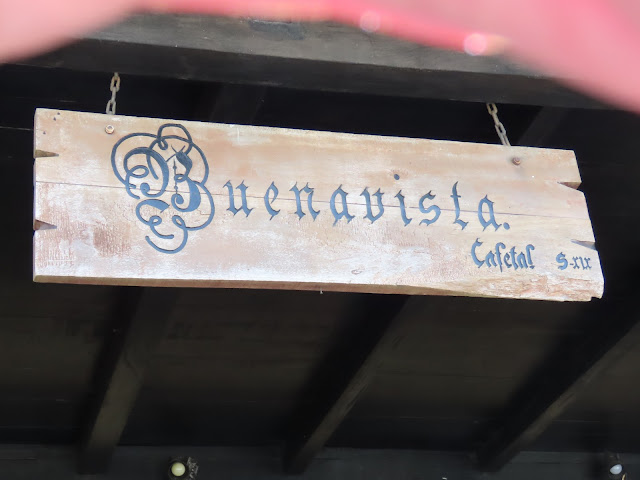






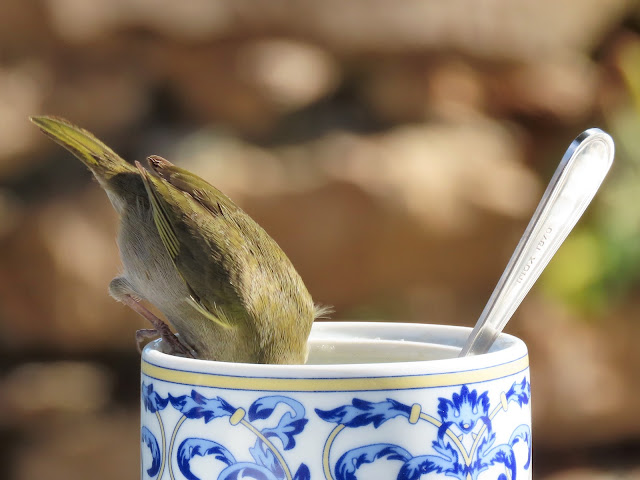



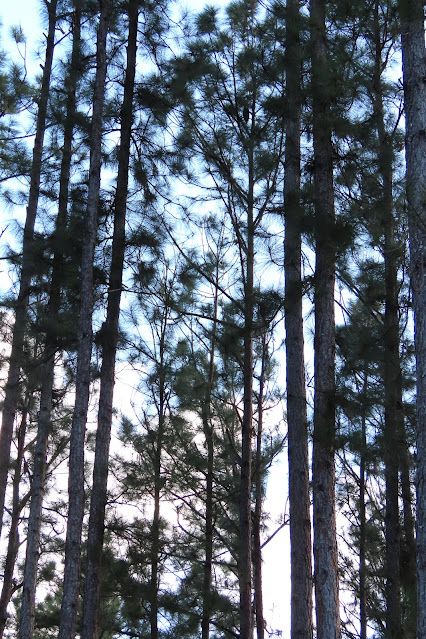











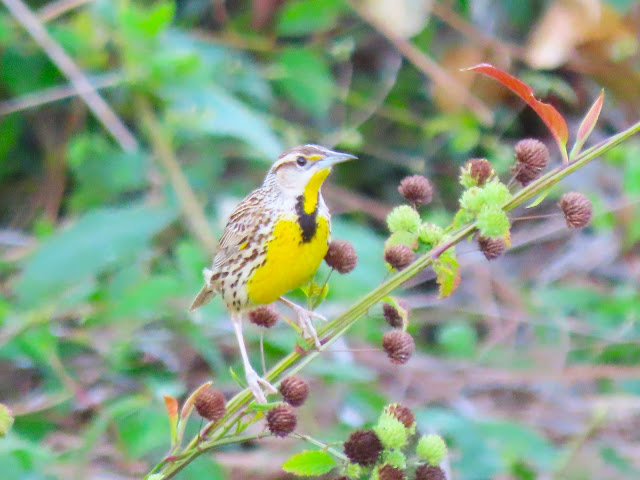














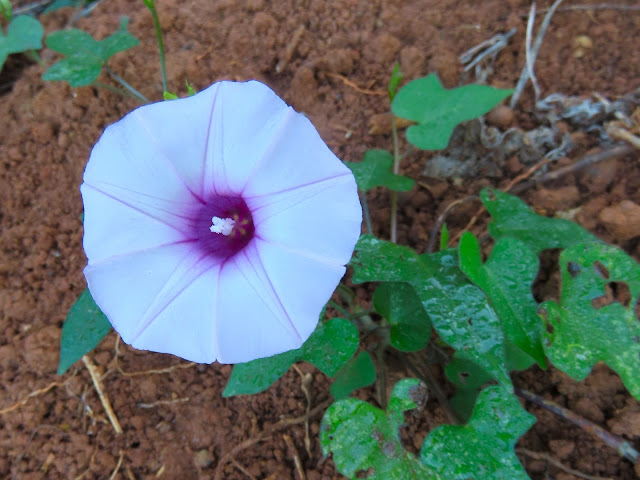










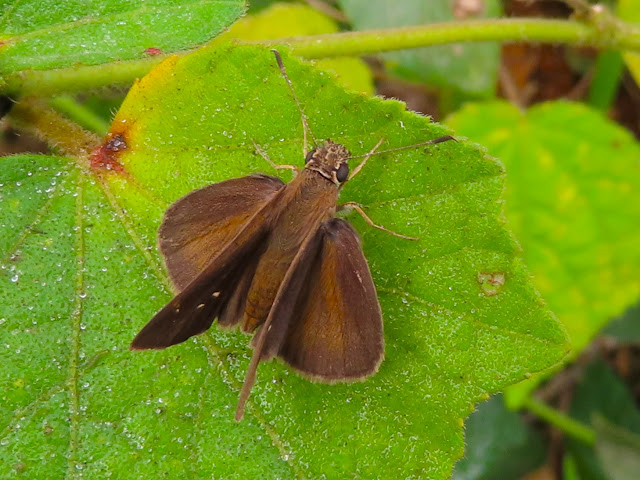














.jpg)










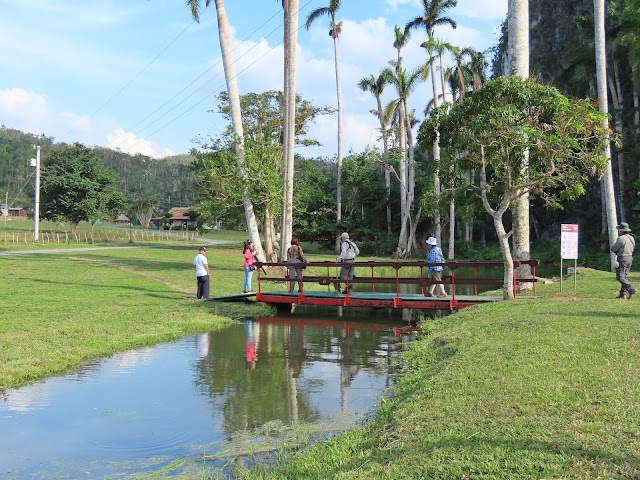






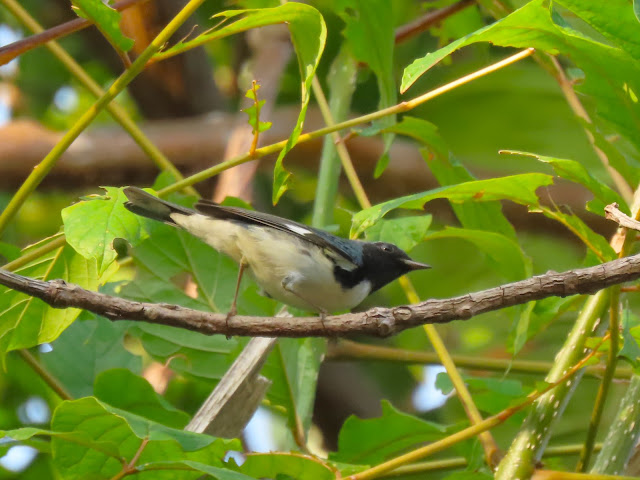
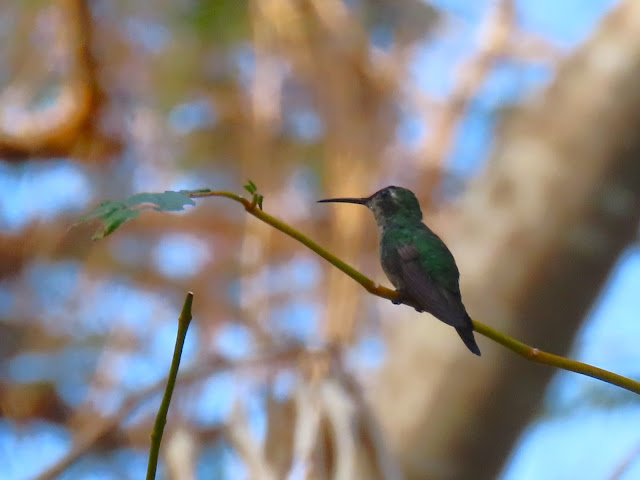


























Beautiful photos, David. I like the birds, the flowers and the animals. I think the orchid is a Cattleya lueddemanniana. It's a common orchid in Cuba.
ReplyDeleteHugs and kisses, Marit
Thank you, Marit. I will add this information above. Hugs and kisses - David
DeleteMagnifique voyage!Il y'a de très beaux oiseaux mais aussi plein de jolies plantes avec de très belles fleurs colorées. Bonne soirée
ReplyDelete...David, you were able to see Cuban sights the few tourists and no Americans get to see. I will have to settle for a virtual tour through your images. Thanks!
ReplyDeleteHappy to have you along, Tom.
DeleteA couple of times I've nearly made the trip to Cuba, David, and both times I've failed. Seeing what a wonderful time you had there and the fabulous birds you saw, rubs it in that I will now, sadly, not ever see this amazing destination. Thankfully, I can content myself with your informative and beautifully illustrated account.
ReplyDeleteI'm pleased to report that, while you've been gone, there have been great improvements in Lindsay's condition.
My very best wishes to you and Miriam - - - Richard
I will be running this trip again in November, Richard, and Stewart Monckton is coming all the way from Australia to take part.
ReplyDeleteOMGosh! This was worth the wait! No way could I pick what was most interesting because it was all new to me and intriguing. What an adventure! :)
ReplyDeleteMaravilloso día, que felicidad ver tantos pájaros y plantas. Yo viví varios años en Venezuela y la recordé con tu reportaje. La orquídea es la flor nacional de Venezuela y creo que es la misma de tu fotografía Cattleya Mossiae. Abrazos.
ReplyDeleteTravel for birding looks like great fun! How wonderful!
ReplyDeleteIt's the only way to go, Marie.
DeleteHari OM
ReplyDeleteWell, this was what was hoped and wished for - you didn't disappoint us! Well done Miriam, on both the owl and the stogie-toking!!!
The butterfly, David, I think may be Nyctelius. The fungus may be what is known as Split Gill Fungus... YAM xx
You could be right on both counts, YAM.
DeleteThe bird raiding the sugar dish makes me laugh.
ReplyDeleteWell what a delight to see all these lovely photos of everything.
ReplyDeleteHi David,
ReplyDeleteWhat a fantastic post. Love the photo's.
David! Z radością obejrzałam Twój fotoreportaż z Kuby. To dla mnie totalna egzotyka. Ptaki są niezwykłe. Niektóre tylko przypominają nasze europejskie. Ciekawe też krajobrazy i różne kubańskie detale. Dziękuję!
ReplyDeleteI envy those who were able to travel with you here. What a joy to see all those different birds of another country, as well as meeting up with locals and exploring the environs. Sounds like so much fun :)
ReplyDeleteFun indeed, Margaret.
DeleteHello David,
ReplyDeleteYou enjoyed seeing the beautiful photos of your trip to Cuba.
You had good travel company.
I love the birds the flowers and I enjoyed your photos.
Greetings Irma
Piękna przyroda, cudowne ptaki. trudno wybrać najpiękniejszy okaz. To była ekscytująca wyprawa.
ReplyDeleteWhat a beautiful trip to see birds and flora in Cuba !
ReplyDeleteSo many beauties everywhere ! With good friends and weather ;)
Thanks for sharing your experience !
Have a nice day !
Anna
What an assortment of birds and natural beauty you shared with us. Looking forward to next installment.
ReplyDeleteWow, David, so many wonderful species, what a delight to see them. You were lucky to find so many beauties. Thanks to Miriam for the great photos, and she looks fntastic as a cigar smoking tough girl! Big hugs, Valerie
ReplyDeleteYour lovely photos of Cuba are overwhelming. It's hard to take it all in in one post.
ReplyDeleteI want some of those prickly poppies for my yard.
Nice photo of the owl that Miriam took. and I saw a documentary on PBS about how termites were important in various societies. I'm glad they are there and not at my home (grin).
I enjoyed the time you took to visit a cigar maker and how brave Miriam was to smoke one with him. And I had to laugh at the man with the horse and buggy. I suspect he was quite confused.
Thanks for sharing your birds and fauna, as well as your meals and one of the places where you stayed. I loved how they "made up" the beds.
Having trouble publishing.
Hello David :=)
ReplyDeleteI know now why you return to Cuba with such a joyous enthusiasm. The gorgeous scenery and the bird life is phenomenal. Add to that congenial company with friends of both countries enjoying the outdoors, discovering new birds and plants, and taking your meals together all add up to a wondrous time spent on holiday. What a fabulous combination! I will only mention the Cuban Trogan "Tocororo", the Cuban Tody, and the West Indian Woodpecker, all of which caught my attention in this bumper packed post, but it was utterly enthralling to see each species. Thank you David, and thank you Miriam for the delightful photography, and a good sport to try the Cuban cigar.:=)
Beautiful birds, scenery and wonderful nature all around. Thanks for sharing, David.
ReplyDeletePrecioso y surtido reportaje amigo David. Cuba es un paraíso como lo demuestran las zonas que visitasteis. Las imágenes son encantadoras, tanto de aves como en flora, y sus gentes suelen ser siempre encantadoras con los extranjeros, aunque vosotros tuvisteis la suerte de tener a vuestra querida Tania.
ReplyDeleteUn gran abrazo estimado, amigo y compadre.
That trogan is a stunner. And I can see why you would like the rock natural but I just love it painted! Looks like you had wonderful guides -- and what a terrific trip. I love the fact that there is some history there are well as the wonderful birding opportunities -- and that you saw your owl! I look forward to more!
ReplyDeleteHello David, a healthy envy invades me when confirming how exceptionally exciting your ornithological trip to Cuba has been. Undoubtedly, having been able to observe some of the Cuban endemism, as well as birds as beautiful and iconic as the tocororo or the cartacuba must mean the zenith of a bird watcher. A hug Julio
ReplyDeleteWow, wow, wow! What an incredible trip!
ReplyDeleteEsa joven chica, derrocha simpatía. Me gusta las imágenes que has captado.
ReplyDeleteFeliz fin de semana.
hello David
ReplyDeletewhat a journey, here the heart of every bird lover beats higher and higher... the landscape is also very impressive
Greetings Frank
It's a magical place, Frank.
DeleteWhat a wonderful post.
ReplyDeleteA joy to see all of the photographs.
Looks and sounds a fabulous trip.
All the best Jan
Hi David.
ReplyDeleteWow, it's beautiful there.
And thank you for letting us enjoy this beautiful country and its beautiful nature.
Beautiful hiking trails and scenery.
Many new species, one even more beautiful than the other.
I like the Red-footed Thrush.
Also the Yellowhead
Beautiful owl
Wonderful trip David.
I watched and read it with great pleasure.
Greetings from Patricia.
Hello David,
ReplyDeleteBeautiful photos from your Cuba trip. I see many familiar birds but also many that would be new for me too. Miriam did a wonderful job capturing all the birds, the landscapes and flowers and lovely too. Congrats on the owl sighting, it is a beauty! I would especially love to see the Owl, the Cuban Trogon, Cuban Tody and the Green Woodpecker. Thank you for linking up and sharing your post. Take care, have a great weekend.
The wagon is interesting for the place. It is a modified evolution of the old cart, with wooden wheels, covered with metal rails.
ReplyDeleteHi David,
ReplyDeleteAn interesting trip after a long covid period. Cuba seems to be a very interesting country to pay a visit to, and for more than one reason. The nature is beautiful with a lot of interesting things to see as you show us here. And this is just part one.
Greetings, Kees
Time for you to make a visit, Kees.
DeleteWhat a fabulous trip, I really enjoyed your writing, telling the details of your trip.
ReplyDeleteI liked the places and especially Cuba endemic birds such as trogon, tody and woodpecker. The landscapes and beautiful places.
A place that I have the idea of visiting one day. A few years ago I was close, now the economy is not going well and it is difficult to me. But I must not lose hope. A big hug
I've been waiting for your trip photos. Cuba's on my list, but when I was going to plan a trip there back in early 2020, our (not) wonderful and crooked president had closed the borders except for already organized tours. I'm not sure where that stands now with Biden in office. You saw some amazing birds and other animals. That moth caught my eye. And the leaf cutter ants. I remember those in Costa Rica. Thanks for sharing. I'm off to post 2. hugs-Erika
ReplyDeleteHello David,
ReplyDeleteI can imagine what a great trip it would be! So many wonders to discover. I regret a little that the blog post is so long, I can't linger to comment on each bird species, there are too many for one post.
Kisses to my friend
That was a fantastic trip.
ReplyDeleteCuba as a birding destination!! That's a first for me. Cuba - for the majority of my friends and family members - is a beach destination!!
It is always a pleasure reading your posts.
The karstic forest looks so interesting! That probably would have me swoon! You saw so many beautiful birds and simply fascinating landscapes. Such a beautiful island. Miriam is doing well smoking that cigar - that's most probably something I would never try. But she looks very professional and so cool!
ReplyDeleteHi David - what a great post ... and a delight to see all the images and all the notes attached to them - an extraordinary place - I'm so pleased you've shown us. Amazing - just a delight to read and to yearn to visit - unlikely sadly ... but never say never - cheers Hilary
ReplyDeleteDear David, I finally made it to you again! So you see, you're not the only one who can't keep up with commenting, I'm even worse! (And I have to say you didn't need to apologize, I knew you were in Cuba in February.) Sorry for my delay, but I will now catch up on your first three reports on Cuba. Here I am at number 1.
ReplyDeleteWe also got to know this beautiful country in 2014, but since we were not on a birding trip, we had less conscious bird encounters than you.
I found the sugar-eating yellow-headed grassquits very delightful in your descriptions :-) I am particularly pleased that you also saw the Stygian owl and the Cuban solitaire and some other "lifers"! I also find the Cuban Trogon and the cute little Cuban Tody exceptionally pretty.
I need a break now, but I'll be back soon!
Have a wonderful weekend & happy March days!
Traude
https://rostrose.blogspot.com/2023/03/streifzug-durch-die-letzten-wochen.html
Hi David and Miriam,
ReplyDeleteA nice way to start my Sunday. What a great birding trip. Admired the beautiful photos with delight. .I have seen the silhouette of the Owl high in the trees. I used a loupe! Bit the close-up is great. Nice to see the details.
Stunning birds. Thank you for sharring!!
Regards Maria
I am just catching up on my blog reading, and was eager to read about your trip to Cuba. How wonderful to visit - I have always wanted to. So many new-to-me magnificent birds in this post, but the Cuban Tody, Cuban Trogon, Stygian Owl, and Helmeted Guineafowl are.....well, just WOW!
ReplyDelete